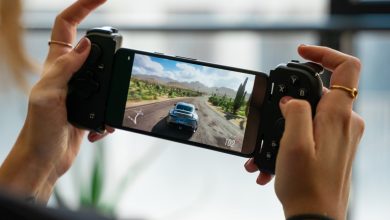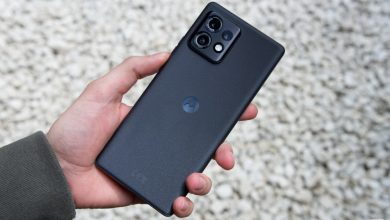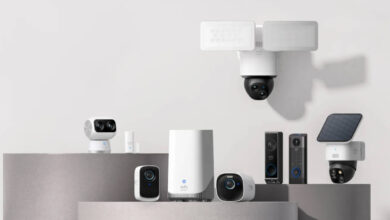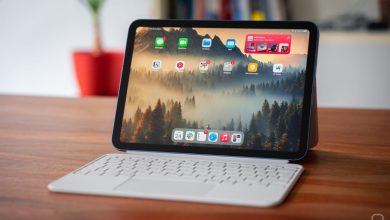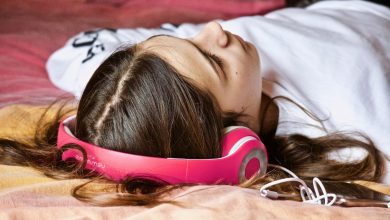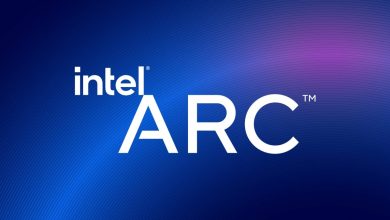I have tested the DJI Mini 3, the new drone for beginners with giant aspiration
The DJI Mini 3 arrives in stores with three main improvements: a longer autonomy, a more advanced camera and compatibility with the DJI RC with built-in screen. This is our experience flying the brand's new drone.
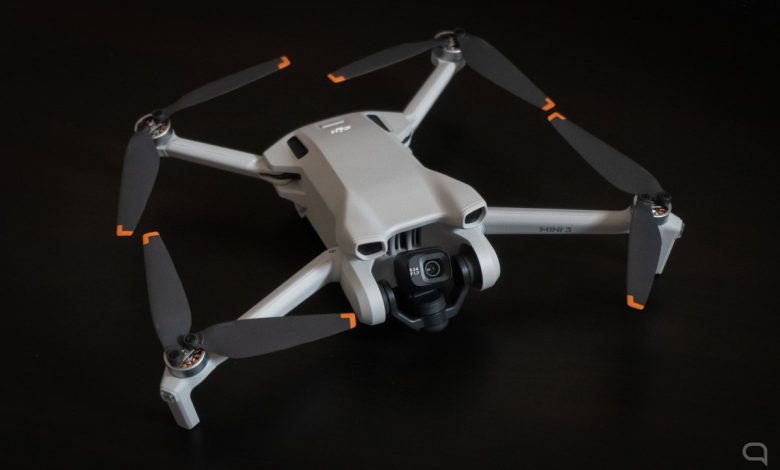
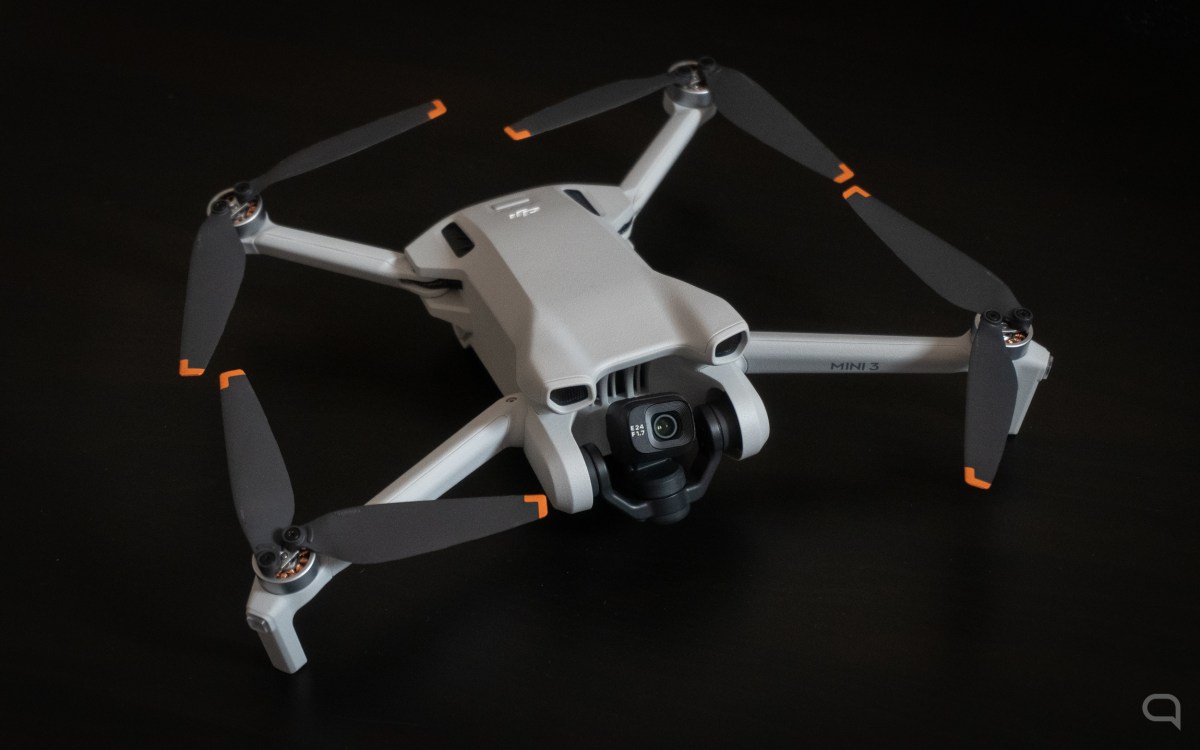 With just a few weeks to go until the end of the year, DJI has officially introduced the DJI Mini 3. A new drone weighing less than 250 grams –an increasingly popular category– that succeeds the Mini 2 –presented at the end of 2020– and accompanies the Mini 3 Pro –announced in 2022–.
With just a few weeks to go until the end of the year, DJI has officially introduced the DJI Mini 3. A new drone weighing less than 250 grams –an increasingly popular category– that succeeds the Mini 2 –presented at the end of 2020– and accompanies the Mini 3 Pro –announced in 2022–.
In Hypertextual, we have had the opportunity to put this exciting team to the test in recent days. And, in general terms, it complies with what is expected of it: excellent image quality in a category of fewer than 250 grams that is usually more affordable and subject to more lax regulation.
But the question we were most intrigued to answer is not whether or not this team will deliver as promised. If this is the drone, we recommend it to most people asking which one to buy. And for this, a critical factor in determining how noticeable the difference is concerning the Mini 2 is the model it succeeds.
DJI Mini 3: technical characteristics
| Characteristic | DJI mini 3 |
|---|---|
| folded dimensions | 148 x 90 x 62 mm |
| unfolded dimensions | 251 x 362 x 72 mm |
| the maximum rate of climb | 5m/s |
| Max Descent Speed | 3.5m/s |
| maximum horizontal speed | 16m/s |
| maximum flight time | 38 minutes with standard battery, 51 minutes with Plus battery (not sold in Europe) |
| Wind resistance | Up to 10.7 m/s (Level 5) |
| maximum flight distance | up to 18km |
| geopositioning | GPS, GLONASS, and Galileo |
| Camera | 1/1.3-inch CMOS sensor with an f/1.7 aperture lens and 82.1-degree FOV |
| ISO range | 100 to 3200 |
| Exhibition time | Between 2 and 1/8000 seconds |
| Maximum photo resolution | 4000 x 3000 pixels |
| Supported photo formats | JPEG and RAW |
| maximum video resolution | 4K: 3840×2160@24/25/30 FPS 2.7K: 2720×1530@24/25/30/48/50/60 FPS FHD: 1920×1080@24/25/30/48/50/60 FPS Video in HDR as long as 30 FPS is not exceeded. |
| maximum bitrate | 100Mbps |
| Zoom | Up to 2X in 4K and 4X in FHD. |
| Photo and video modes | Panorama, Dronie, Helix, Rocket, Circle, and Boomerang |
| sensors | lower vision sensor |
| video transmission system | DJI O2 (up to 720p@30 FPS and a maximum transmission distance of 6 km) |
| Gimbal | Three-axis stabilization and 90-degree rotation capability. |
An ideal drone for beginners
Equipment weighing less than 250 grams is ideal for entering the world of drones. They are generally cheaper; they can be transported more efficiently, and, most importantly: the regulation is much laxer in the European Union.
That does not mean you can lift the DJI Mini 3 wherever you want without complying with a series of rules. An aircraft like this implies a particular responsibility and prior bureaucracy: you have to register as a pilot with AESA, comply with specific regulations during the flight, not enter areas where there are restrictions, etc.
However, this entire preparation process and the flight regulations are more straightforward and painless than heavier drones –which may even require tests for their use. So even if you don’t have absolute freedom, you are on the friendlier side of regulation.
The DJI Mini 3 does not have a C0 class marking, which would correspond to it due to its features. This is not a problem in the European Union since the regulation also includes drones that do not have said certification, but it would be positive to bring it as standard.
In any case: the Chinese brand has launched this week a program through which the Mavic 3 can be certified -even those that have been sold in recent months-, so it would not be a surprise if, at some point, it could do something similar with the Mini series.
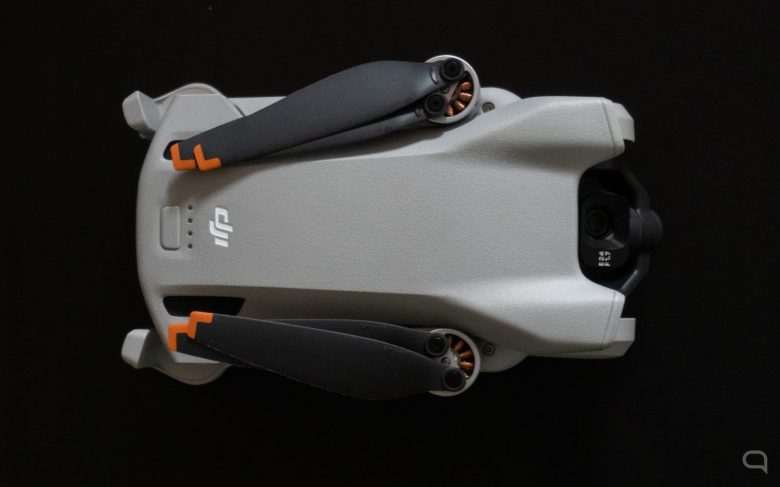
On the other hand, the extreme portability of this DJI Mini 3 also makes it an ideal drone for beginners or people with little experience. It can be carried inside a backpack almost without realizing it while you are traveling, it is ready to fly in just seconds, etc.
As a team with a clear orientation for beginners, it is true that some extra obstacle detection sensor is missing, as we did find in its older brother. These elements alert the pilot of upcoming obstacles in different directions and make autonomous flight safer, which makes particular sense for people just starting. However, including these sensors would also increase the product’s price, making it less affordable. Therefore, DJI’s decision to do without them is understandable.
The three main differences between the DJI Mini 3 and the DJI Mini 2
Compared to the DJI Mini 2, its predecessor, the Mini 3 has three main differences:
- An upper chamber.
- Compatibility with the DJI RC.
- Significantly better autonomy.
When it comes to the camera, the improvement is real. First, the DJI Mini 3 has a larger sensor and a lens with a larger aperture. That is to say: it captures more light. In ideal lighting conditions, some improvement is noticeable, but this new model makes the most difference when the light becomes adverse (dark environments, sunsets, etc.).
The changes, however, do not end there. Another difference is the HDR. The DJI Mini 2, let’s remember, allows you to take photos in HDR with the AEB function. It also offers the ability to take RAW images and refine the shadows or highlights using tools like Lightroom. However, the Mini 3 applies this technology to all appearances it takes by default. This simplifies the process compared to the Mini 2, which requires a minimum of post-work.
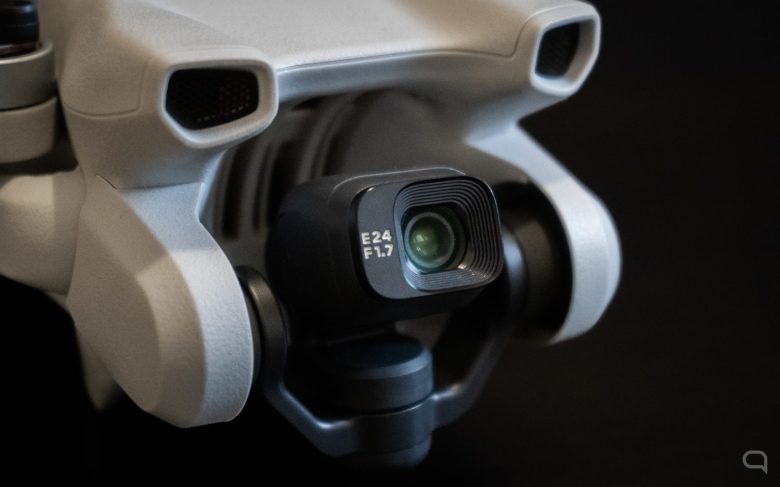
The benefits of this default HDR extend to video as well (as long as you don’t exceed 30 FPS), something the Mini 2 didn’t offer. In scenes with contrast, that extra dynamic range provided by this technology is appreciated.
The results are generally pretty good regarding the treatment of detail, lighting, and color. My only gripe: the Mini 3 can sometimes be a little more cluttering than I’d consider fair, though it’s never quite garishly aesthetic.
To this step forward in camera performance, we must include the same gimbal with rotation capacity that we saw in the DJI Mini 3 Pro. This can rotate 90 degrees to take vertical images or videos – ideal for social networks.
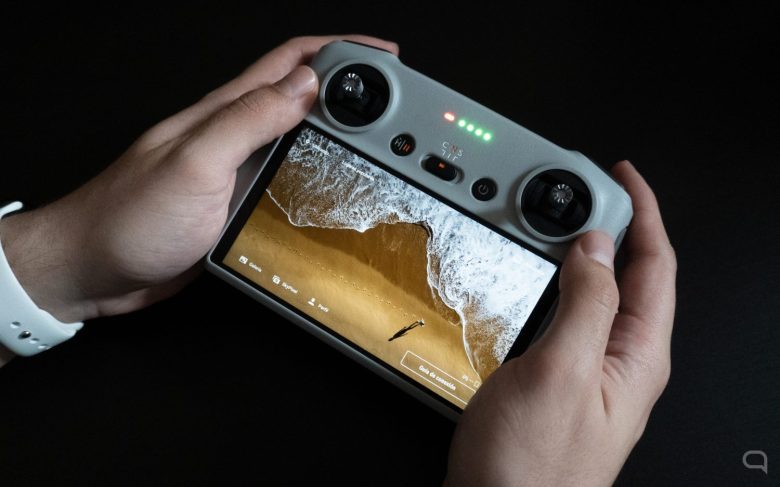
On the other hand, the DJI Mini 3 is compatible with the new DJI RC –although the transmission system is still DJI O2, so we are talking about 720p at 30 FPS–. This command – which implies an additional outlay – differs mainly in the following:
